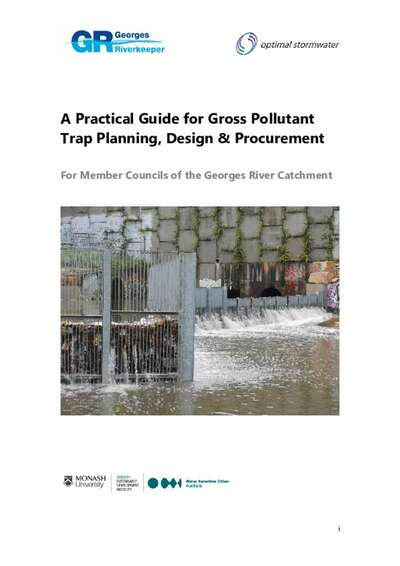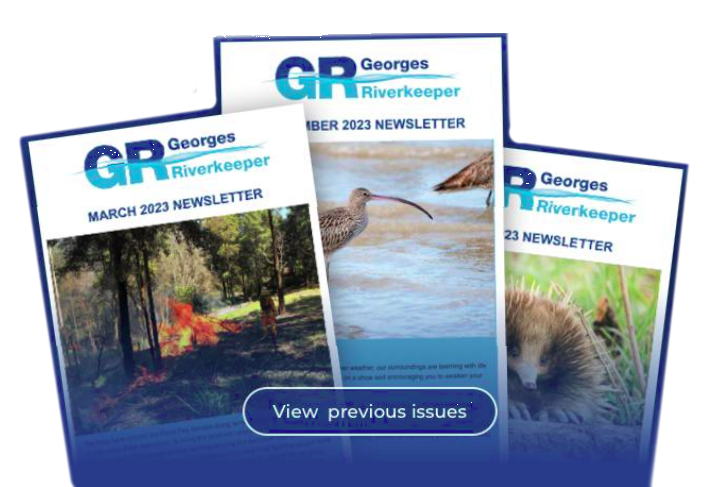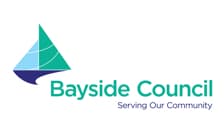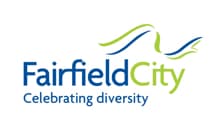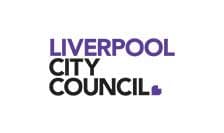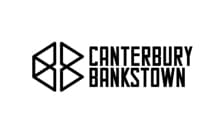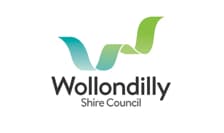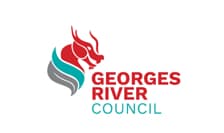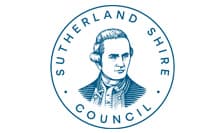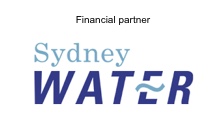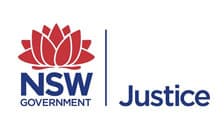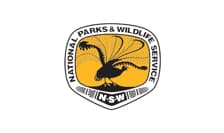There is an urgent need to reduce and ultimately eliminate gross pollution, debris and litter discharged to waterways. Gross pollution and litter are dominated by single use products including a huge variety of plastics, polystyrene, packaging material, wrappers, containers including bottles, cups, lids, dispensers, straws, health products such as masks, bandages, cotton buds, sports items, balls, toys, clothing and all kinds of construction debris such as used silicon containers, wrapping, strapping and many other disposal products.
Whilst the packaging industry, businesses and government grapple with the mountain of packaging used and discarded to the environment local government planners, engineers and the stormwater industry have accepted GPTs as a practical and cost-effective solution to trap and remove litter and gross pollution from stormwater runoff. Hence the construction and operation of properly planned, located, specified, and designed gross pollution traps (GPTs) is seen as a practical solution in the war against gross pollution and litter which easily migrates and becomes marine debris.
The Practical Guide for Gross Pollutant Trap Planning, Design & Procurement covers a range of key areas for Councils to reference/use to develop a GPT program tailored to meet the needs of the LGA. The Guide has been prepared for a range of stakeholders including planners, engineers, asset managers and consultants and encourages discussion and collaboration.
This project received funding from the Australian Government as part of the Zero Litter in Georges River project to improve the health of the Georges River.

